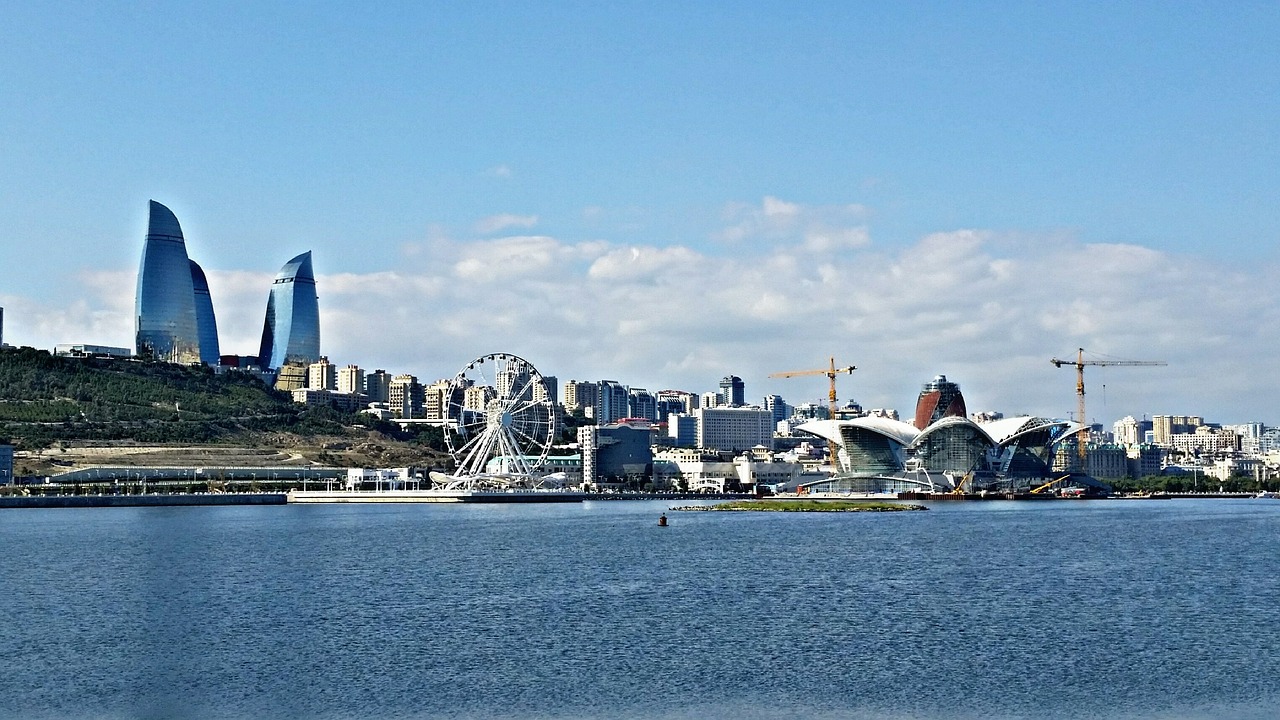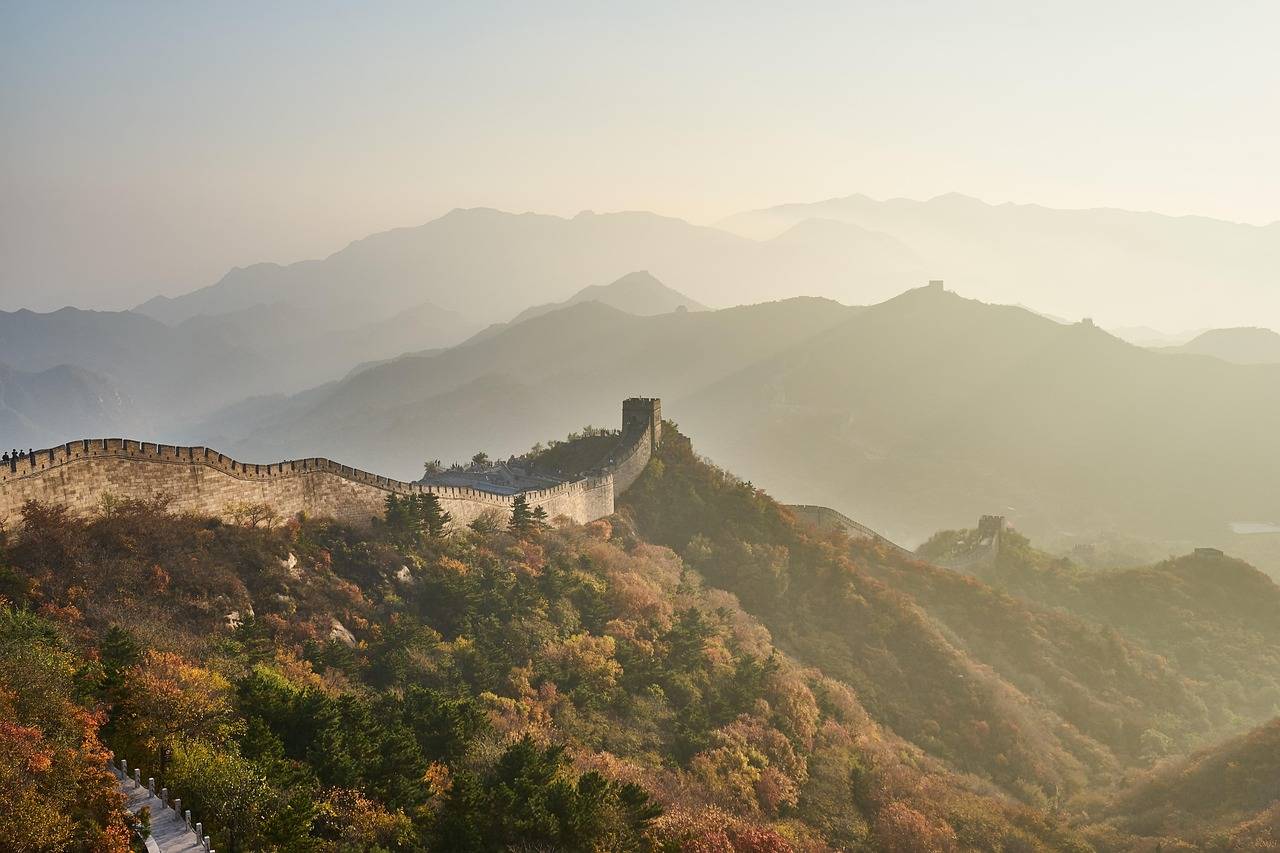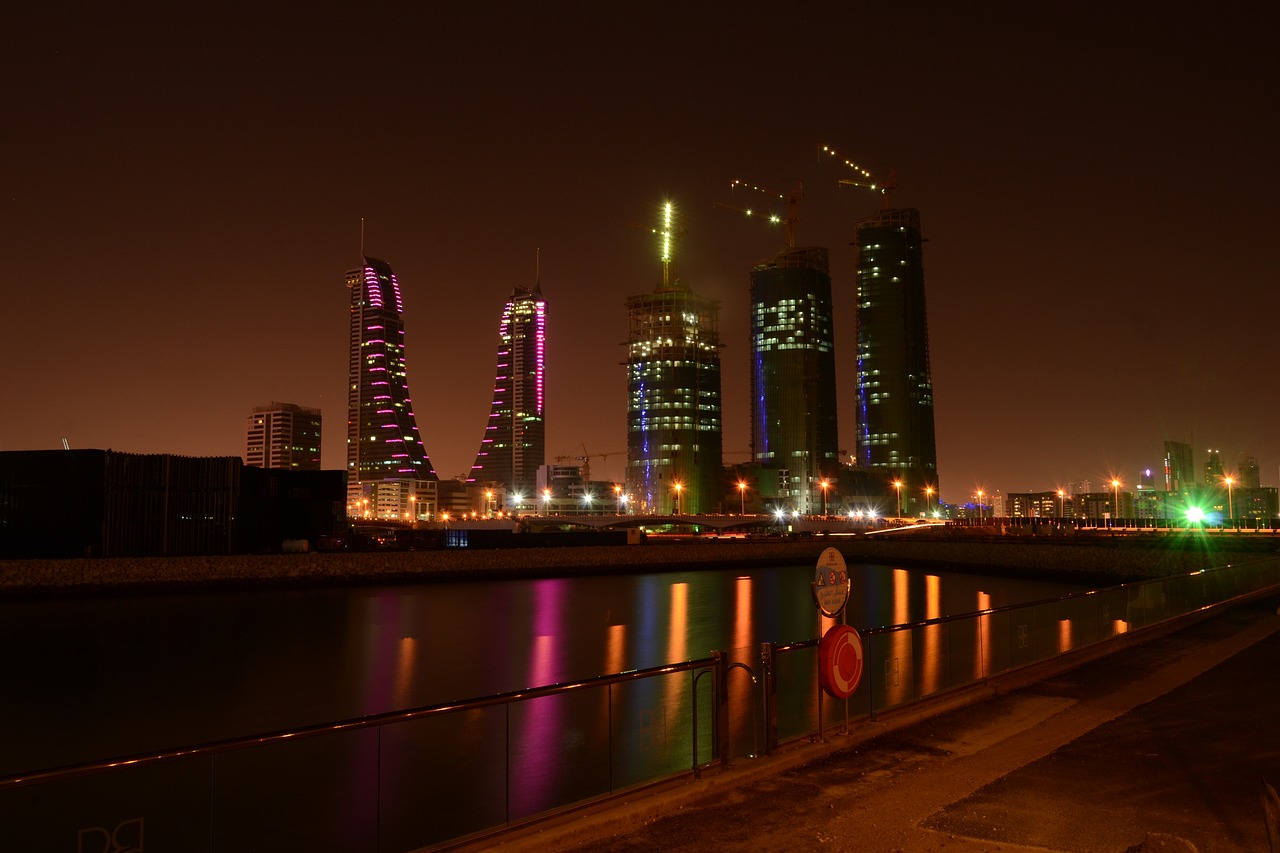Azerbaijan: 30 Facts about the Land of Fire
Azerbaijan, nestled between Europe and Asia, is a country filled with rich history, breathtaking landscapes, and a vibrant cultural heritage. From its ancient fire temples to its modern architectural marvels, Azerbaijan offers a captivating journey for travelers. In this article, we will reveal 30 fascinating facts about Azerbaijan that showcase the allure and cultural richness of this captivating country.
1. The Land of Fire
Azerbaijan is often referred to as the “Land of Fire” due to its natural phenomenon of burning gas vents and eternal flames. The country’s name itself is believed to be derived from the Persian words “āzar” meaning fire and “baygan” meaning protector.
2. The Historic City of Baku
Baku, the capital city of Azerbaijan, is a UNESCO World Heritage site that blends modernity with its ancient roots. The city boasts a stunning skyline, medieval walled old town, and a rich architectural heritage, including the iconic Flame Towers.
3. The Mud Volcanoes of Azerbaijan
Azerbaijan is home to over 350 mud volcanoes, the highest concentration in the world. These unique geological formations create a mesmerizing landscape of bubbling mud and gushing gas, adding to the country’s natural wonders.
4. The UNESCO-Listed Walled City of Sheki
The city of Sheki, located in northwest Azerbaijan, is known for its historic center enclosed within ancient defensive walls. The UNESCO-listed Sheki Old City is a treasure trove of architectural wonders, including the magnificent Sheki Khan’s Palace.
5. The Ancient Petroglyphs of Gobustan
Gobustan National Park, a UNESCO World Heritage site, is renowned for its ancient petroglyphs. These rock carvings, dating back thousands of years, depict scenes from prehistoric life and serve as a window into Azerbaijan’s ancient past.
6. The Maiden Tower of Baku
The Maiden Tower, an iconic symbol of Baku, stands tall in the heart of the city. This ancient tower, with its mysterious history and unique cylindrical design, offers panoramic views of Baku’s skyline and the Caspian Sea.
7. The Delicious Azerbaijani Cuisine
Azerbaijani cuisine is a tantalizing blend of flavors and traditions. From succulent kebabs and aromatic pilaf to mouthwatering dolma (stuffed grape leaves) and delicate baklava, Azerbaijani cuisine delights food enthusiasts with its rich variety and unique culinary techniques.
8. The Exquisite Art of Azerbaijani Carpets
Azerbaijani carpets are renowned worldwide for their intricate designs and craftsmanship. These handwoven masterpieces, with their vibrant colors and symbolic motifs, represent a significant aspect of Azerbaijan’s cultural heritage and are recognized by UNESCO as a Masterpiece of Intangible Heritage.
9. The Absheron Peninsula’s Fire Temples
The Absheron Peninsula, located on the Caspian Sea coast, is home to ancient fire temples. These historical sites, such as Ateshgah and Yanar Dag, pay homage to Azerbaijan’s Zoroastrian past and showcase the country’s connection to fire worship.
10. The Ancient Silk Road Caravanserais
Azerbaijan was a key stop along the ancient Silk Road trade route, and the country is dotted with caravanserais – roadside inns that provided accommodation for traveling merchants. These architectural gems, such as the caravanserai in Sheki, offer a glimpse into the region’s vibrant trade history.
11. The Vibrant Heydar Aliyev Center
The Heydar Aliyev Center in Baku is an architectural masterpiece designed by the renowned architect Zaha Hadid. This futuristic building, with its flowing curves and innovative design, houses exhibition spaces, conference halls, and cultural facilities.
12. The Cultural Melting Pot of Nakhchivan
Nakhchivan, an autonomous republic within Azerbaijan, is a cultural melting pot with a rich history. The region is home to unique architectural sites, ancient tombs, and the mausoleum of the great poet Nizami Ganjavi.
13. The Colorful Novruz Bayrami Festival
Novruz Bayrami, the traditional New Year celebration, is one of the most important festivals in Azerbaijan. This joyous occasion marks the arrival of spring and is celebrated with colorful street parades, fireworks, and festive traditions.
14. The Carpet Museum in Baku
The Azerbaijan Carpet Museum, located in Baku, showcases a stunning collection of Azerbaijani carpets and textiles. The museum highlights the history, artistry, and cultural significance of these exquisite carpets, providing visitors with a deeper understanding of Azerbaijani craftsmanship.
15. The Glistening Caspian Sea Coastline
Azerbaijan is blessed with a beautiful coastline along the Caspian Sea. The sandy beaches, clear waters, and beach resorts offer a tranquil escape for sun-seekers and a playground for water sports enthusiasts.
16. The Traditional Mugham Music
Mugham is a traditional Azerbaijani music genre characterized by its emotional vocals and expressive melodies. This soul-stirring music form has been recognized by UNESCO as a Masterpiece of the Oral and Intangible Heritage of Humanity.
17. The Historical Palace of the Shirvanshahs
The Palace of the Shirvanshahs, located in Baku’s old city, is a UNESCO World Heritage site that showcases the architectural brilliance of Azerbaijan’s medieval rulers. The palace complex includes a mosque, mausoleum, bathhouse, and royal residences.
18. The Natural Splendor of the Guba Region
The Guba region, nestled in the foothills of the Caucasus Mountains, offers breathtaking natural beauty. Visitors can explore picturesque valleys, lush forests, and visit attractions like the ancient village of Khinalig and the stunning Afurja waterfall.
19. The Tea Culture of Azerbaijan
Tea holds a special place in Azerbaijani culture and is an integral part of social gatherings and hospitality. Traditional tea houses, known as chaykhana, serve aromatic Azerbaijani tea in small pear-shaped glasses, accompanied by local sweets and pastries.
20. The Yanar Bulag Eternal Flame
The Yanar Bulag, meaning “burning spring,” is a natural phenomenon where a natural gas source ignites and creates an eternal flame. This mesmerizing site, located near Baku, symbolizes the everlasting fire element that is deeply ingrained in Azerbaijan’s culture.
21. The Quirky “City of Winds”: Sumgayit
Sumgayit, often called the “City of Winds,” is known for its windy climate. This industrial city offers a unique contrast to the natural beauty of Azerbaijan, with its modern infrastructure, bustling markets, and cultural attractions.
22. The Ancient Mountain Village of Lahic
Lahic, nestled in the Caucasus Mountains, is an ancient village known for its traditional crafts and architecture. The village is famous for its copper craftsmanship, and visitors can explore narrow cobbled streets, admire traditional houses, and witness artisans at work.
23. The Rich Oil History of Azerbaijan
Azerbaijan has a rich oil history and is considered one of the birthplaces of the modern oil industry. The city of Baku, with its oil fields, refineries, and iconic oil derricks, stands as a testament to Azerbaijan’s significant contributions to the global energy sector.
24. The Carpet Weaving Techniques of Quba
The town of Quba, known for its carpet weaving traditions, showcases the intricate techniques and artistic skills of Azerbaijani weavers. Quba carpets are highly regarded for their beauty and craftsmanship, representing a cherished aspect of the country’s cultural heritage.
25. The Historic Nizami Street in Baku
Nizami Street, located in the heart of Baku, is a bustling pedestrian thoroughfare known for its shops, cafes, and cultural attractions. This vibrant street offers a lively atmosphere, with street performers, art galleries, and a blend of modern and traditional architecture.
26. The Deep-rooted Horseback Riding Culture
Horseback riding is deeply ingrained in Azerbaijani culture and heritage. The Karabakh horse, known for its strength and agility, holds a special place in Azerbaijani folklore and is celebrated as a national symbol.
27. The Breathtaking Tufandag Mountain Resort
The Tufandag Mountain Resort, located in Gabala, offers year-round outdoor activities and breathtaking views of the Caucasus Mountains. Visitors can enjoy skiing, snowboarding, hiking, and even paragliding, immersing themselves in Azerbaijan’s natural splendor.
28. The Ancient Village of Ateshgah
The Ateshgah Fire Temple, located on the outskirts of Baku, is a unique religious site associated with Zoroastrianism and Hinduism. This pilgrimage site was built around natural gas vents that have burned continuously for centuries.
29. The Intriguing Gyz Galasy Maiden Tower
Gyz Galasy, also known as the Maiden Tower, is an ancient monument in Baku that carries many mysteries and legends. This cylindrical tower, with its enigmatic purpose and fascinating architecture, has become an emblematic symbol of Baku.
30. The Warmth and Hospitality of Azerbaijani People
Above all, Azerbaijan is known for the warmth, friendliness, and genuine hospitality of its people. Visitors are often welcomed with open arms, invited to share tea and local delicacies, and embraced by the welcoming spirit that permeates throughout the country.
In conclusion, Azerbaijan offers a captivating blend of natural wonders, rich history, and vibrant cultural heritage. From its ancient fire temples and modern architectural marvels to its mouthwatering cuisine and warm hospitality, Azerbaijan invites travelers to explore its diverse landscapes and immerse themselves in its unique traditions.
Author Profile
- Welcome to my world facts blog! I'm Jay Steph, and I'm here to explore the captivating wonders of our planet. With a thirst for knowledge and a passion for exploration, I unravel fascinating insights about cultures and history. Join me on this awe-inspiring journey as we uncover hidden treasures together. Let's dive into the world of world facts and embark on an incredible adventure!
Latest entries
 AsiaJuly 31, 202330 Facts About Bangladesh
AsiaJuly 31, 202330 Facts About Bangladesh AfricaJuly 31, 202330 Facts About Burkina Faso
AfricaJuly 31, 202330 Facts About Burkina Faso AustraliaJuly 25, 202330 Facts about the Marshall Islands
AustraliaJuly 25, 202330 Facts about the Marshall Islands South AmericaJuly 25, 202330 Facts About Chile
South AmericaJuly 25, 202330 Facts About Chile



